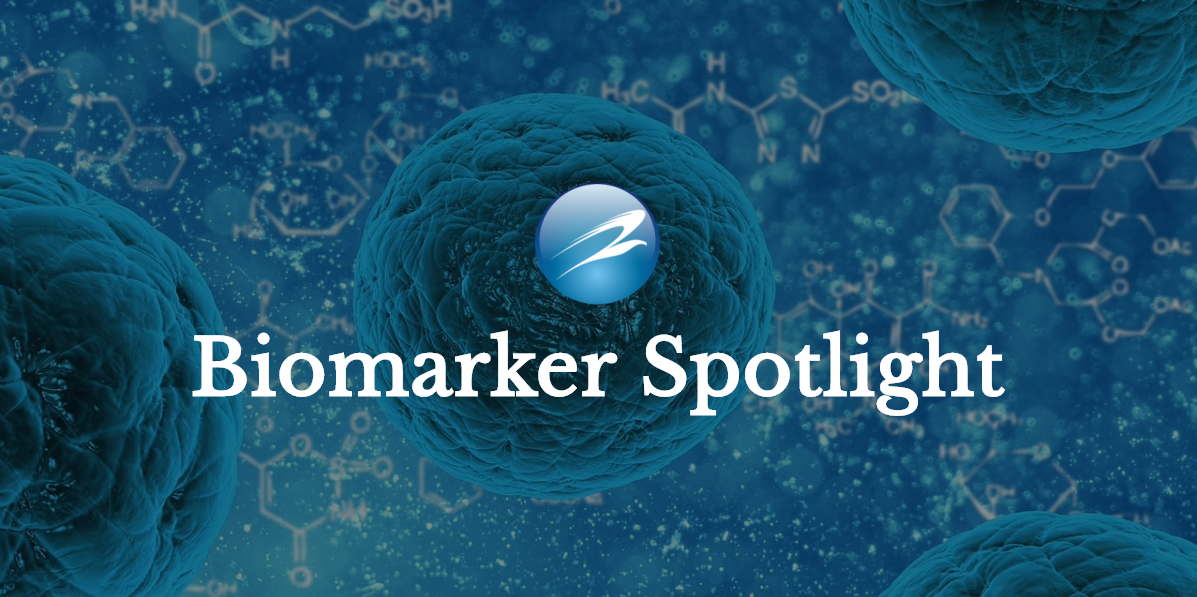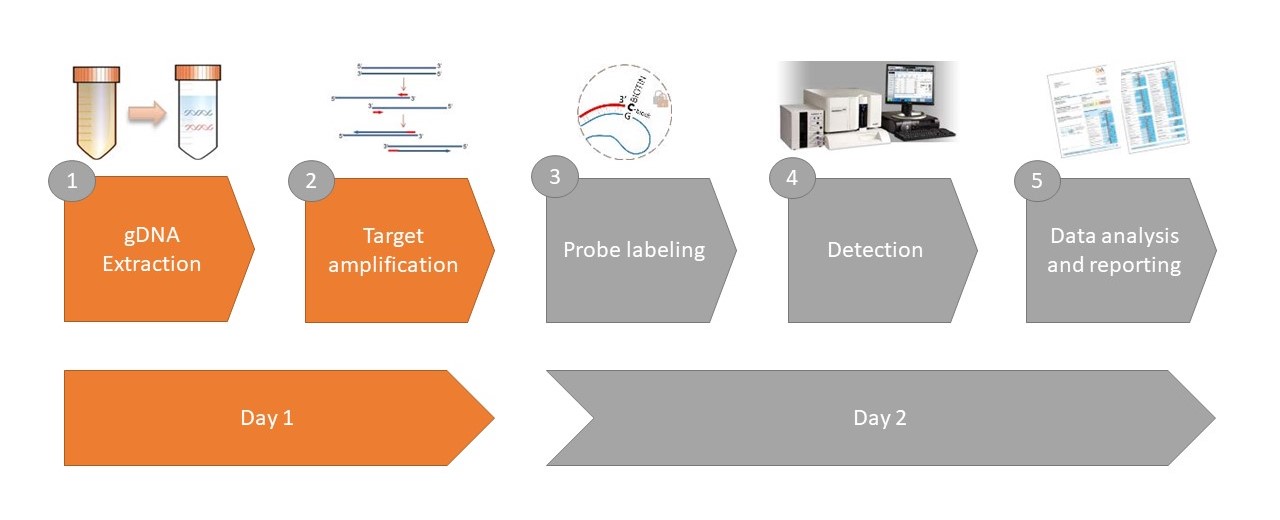
The Eagle Bioscience’s Calprotectin ELISA Assay Kit was utilized in a recent publication focusing on intestinal inflammation. The researchers were trying to determine an association between intestinal inflammation and growth in preterm infants from birth to hospital discharge. Check out the full text and abstract below.
Abstract
Objective:
The aim of the study was to assess intestinal inflammatory measures, urinary intestinal fatty acid-binding protein (IFABP), and fecal calprotectin (FC) by gestational age (GA) and postmenstrual age (PMA) and determine the association between intestinal inflammation and growth in preterm infants from birth to hospital discharge. We hypothesized that intestinal inflammation is associated with adverse growth in preterm infants.
Methods:
We assayed repeated measures of IFABP and FC in 72 hospitalized preterm infants (<34 weeks’ gestation). We calculated weight and length z scores at birth and discharge using the Fenton growth reference. Associations between mean IFABP or FC, growth z scores at discharge, and growth faltering (weight or length z score difference <−0.8 from birth to discharge) were assessed using mixed linear and logistic regression models, adjusted for intrafamilial correlation and potential confounders: GA, sex, birth zscore, race/ethnicity, and maternal age.
Results:
Mean IFABP was greater among infants born at earlier GA and decreased with increasing PMA. Mean FC did not vary by GA or PMA. Higher mean IFABP and FC were associated with lower discharge growth z scores and greater likelihood of growth faltering significant only for mean IFABP and discharge length z score (β = −0.353, 95% confidence interval [CI]: −0.704 to −0.002) and mean IFABP and length faltering (odds ratio [OR] 1.99, P = 0.018).
Conclusions:
Intestinal inflammation, measured by IFABP, was associated with lower length z scores and length faltering at discharge. Interventions to prevent intestinal inflammation may improve linear growth among preterm infants.
If you have any questions about the Calprotectin ELISA Assay Kit or our other offerings, please contact us here.




